Ferrari has a storied history of creating some of the most iconic cars in the world. Known for their speed, beauty, and exclusivity, Ferraris often follow a set formula. However, there are models that have daringly diverged from tradition, showcasing Ferrari’s innovative spirit. Here are eight Ferraris that broke the mold.
Ferrari Dino 246 GT
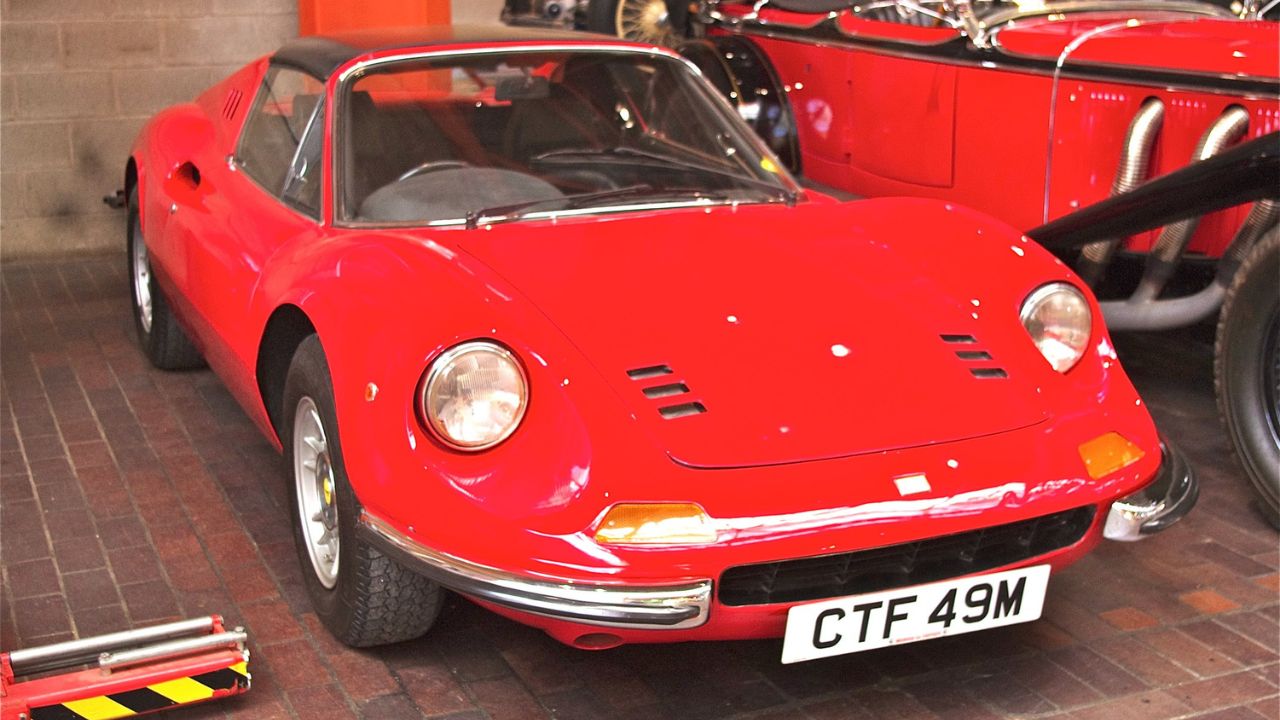
The Ferrari Dino 246 GT was a significant departure from Ferrari’s norm, primarily because it was powered by a V6 engine rather than the traditional V12. Introduced in 1968, this model was named after Enzo Ferrari’s son, Alfredo “Dino” Ferrari, who was instrumental in the development of the V6 engine.
Despite initial skepticism, the Dino 246 GT quickly earned respect for its balance and handling, making it a favorite among enthusiasts. It was also one of the first Ferraris to feature a mid-engine layout, a design choice that would become a staple in many future sports cars.
Ferrari FF

The Ferrari FF, unveiled in 2011, was a bold step into uncharted territory for the Italian manufacturer. As Ferrari’s first production car with four-wheel drive, it challenged the brand’s tradition of rear-wheel-drive sports cars. The FF, short for Ferrari Four, also offered seating for four passengers, a rarity in Ferrari’s lineup.
Its shooting brake design was another departure, combining the elegance of a coupe with the practicality of a hatchback. Despite its unconventional format, the FF maintained Ferrari’s performance pedigree, with a V12 engine capable of propelling it to impressive speeds.
Ferrari LaFerrari
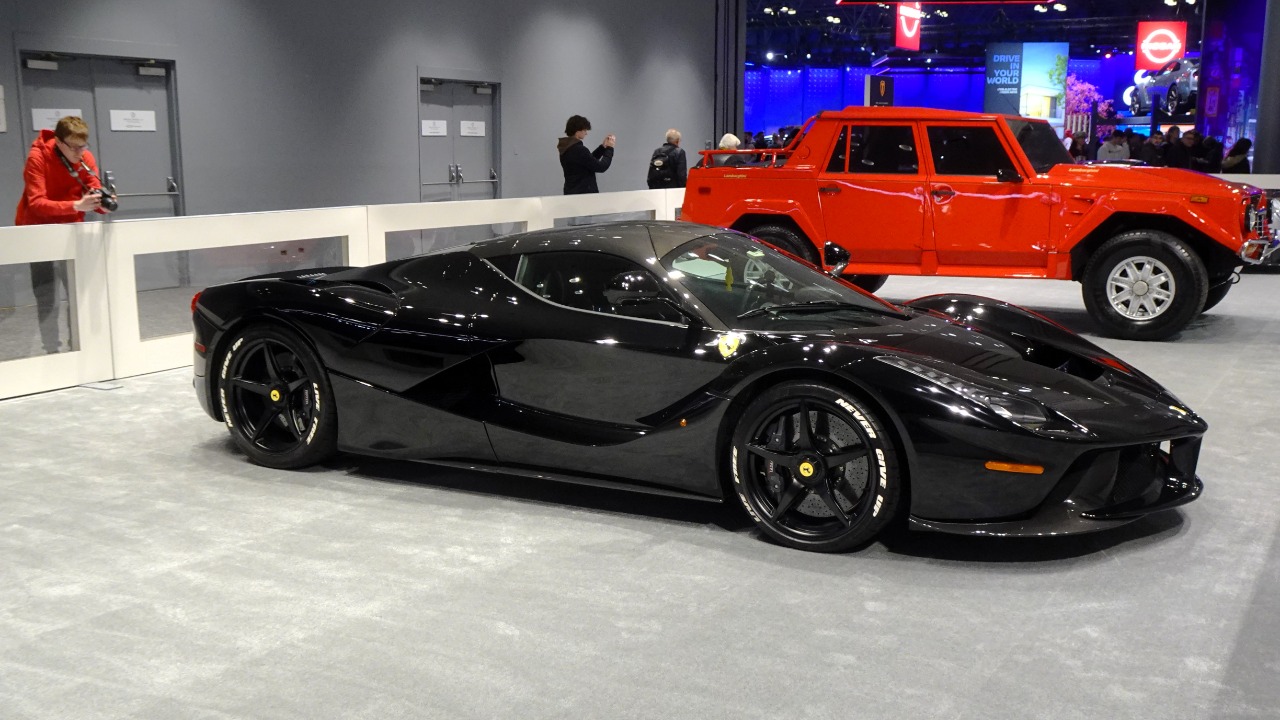
Launched in 2013, the Ferrari LaFerrari marked Ferrari’s foray into hybrid technology. With a name that translates to “The Ferrari,” it was designed to be the ultimate representation of the brand. The LaFerrari combined a V12 engine with an electric motor, producing a staggering 950 horsepower.
This hypercar not only showcased Ferrari’s commitment to innovation but also its ability to blend environmental consciousness with extreme performance. Limited to just 499 units, the LaFerrari was a testament to Ferrari’s forward-thinking approach and engineering prowess.
Ferrari 308 GT4
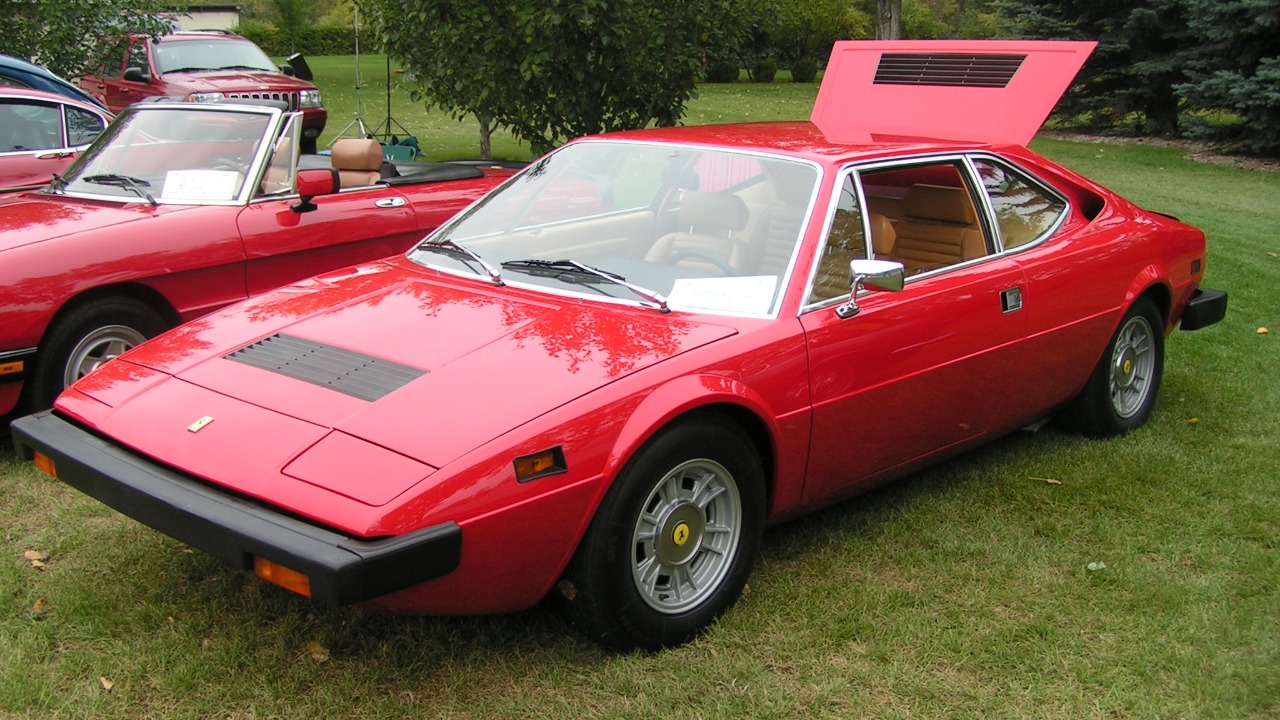
Introduced in 1973, the Ferrari 308 GT4 was the first production Ferrari to feature a mid-engined V8 layout, a configuration that would become a hallmark of the brand’s later models. Designed by Bertone, rather than the usual Pininfarina, its angular styling was a stark contrast to the sleek lines typically associated with Ferrari.
The 308 GT4 also offered 2+2 seating, further breaking Ferrari’s tradition of two-seater sports cars. Despite mixed reviews upon release, it has since gained appreciation for its role in shaping Ferrari’s future design and engineering directions.
Ferrari 456 GT
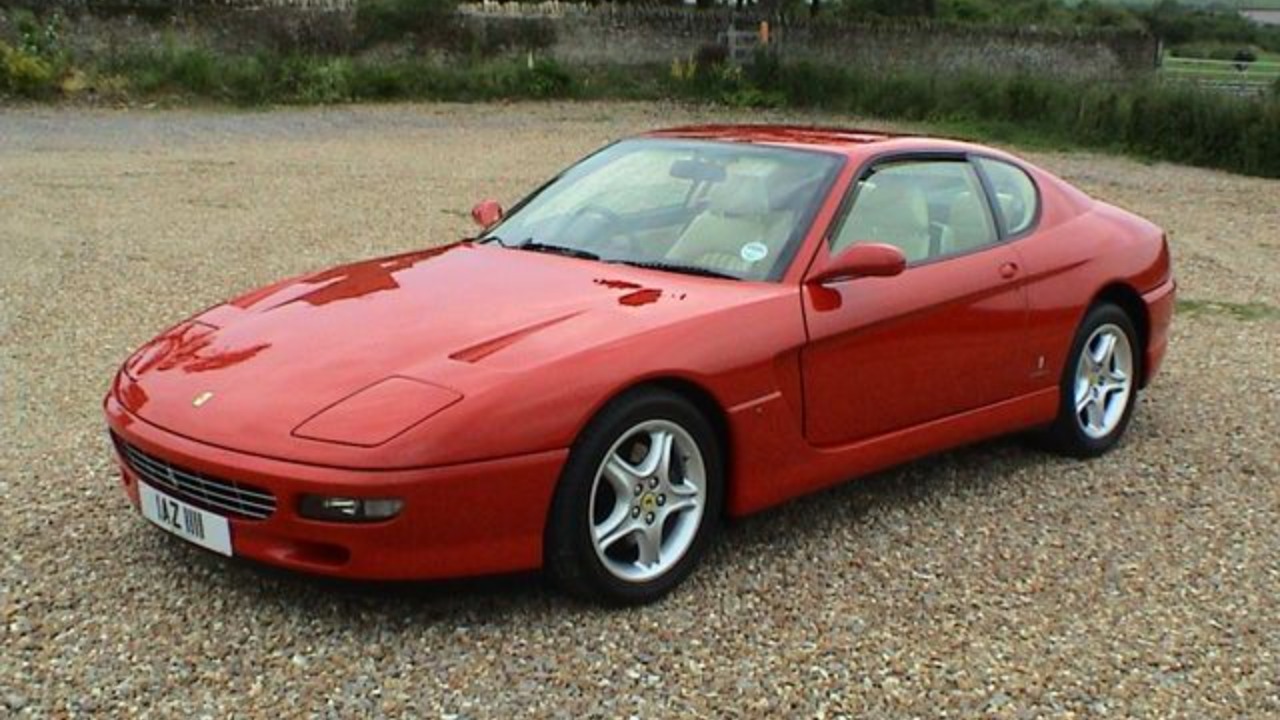
The Ferrari 456 GT, launched in 1992, marked a return to front-engine, V12-powered grand tourers for the brand. It was designed for comfort and long-distance travel, a departure from the typical focus on pure performance.
With its elegant lines and understated luxury, the 456 GT catered to a different kind of Ferrari enthusiast, one who valued refinement alongside speed. It was a car that could comfortably seat four adults, blending practicality with the prestige of the Ferrari badge.
Ferrari F40
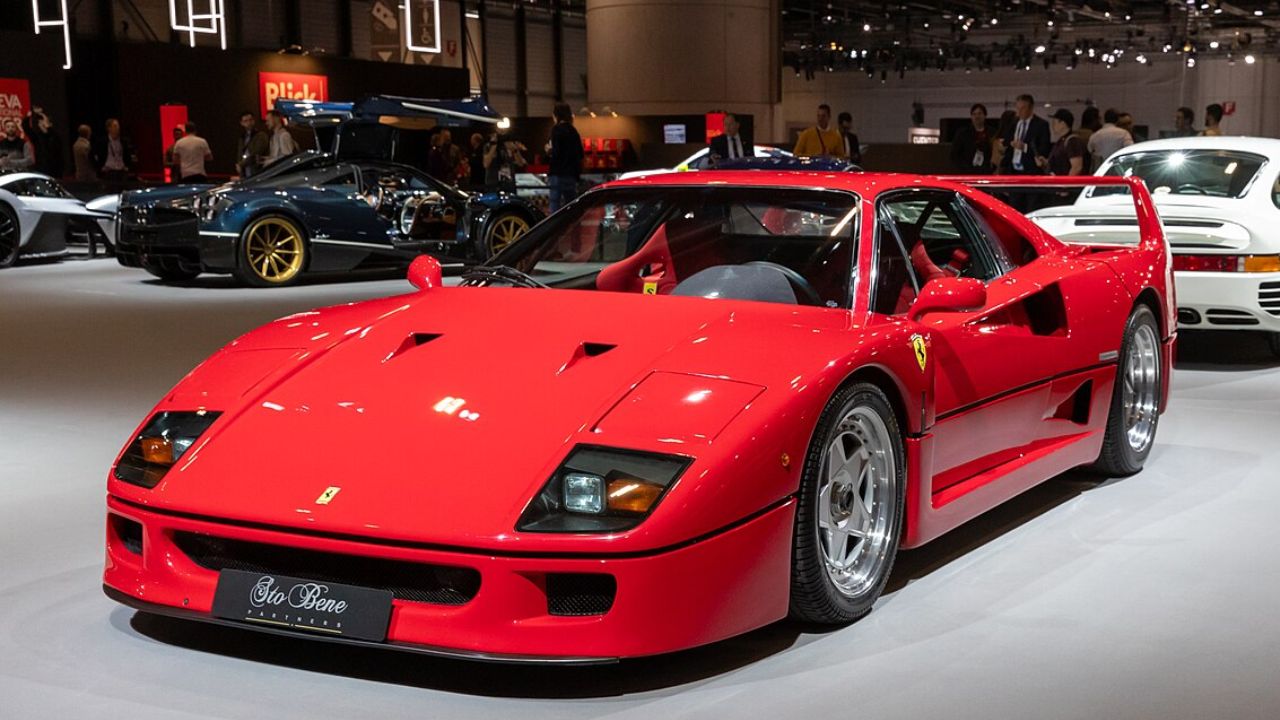
When the Ferrari F40 was introduced in 1987, it was a radical departure from anything Ferrari had done before. Built to celebrate the brand’s 40th anniversary, it was the last model to be personally approved by Enzo Ferrari.
The F40 was raw and uncompromising, with a focus on performance over luxury. Its twin-turbocharged V8, lightweight design, and minimalistic interior set it apart from its contemporaries, making it a benchmark for future supercars.
Ferrari 812 Superfast
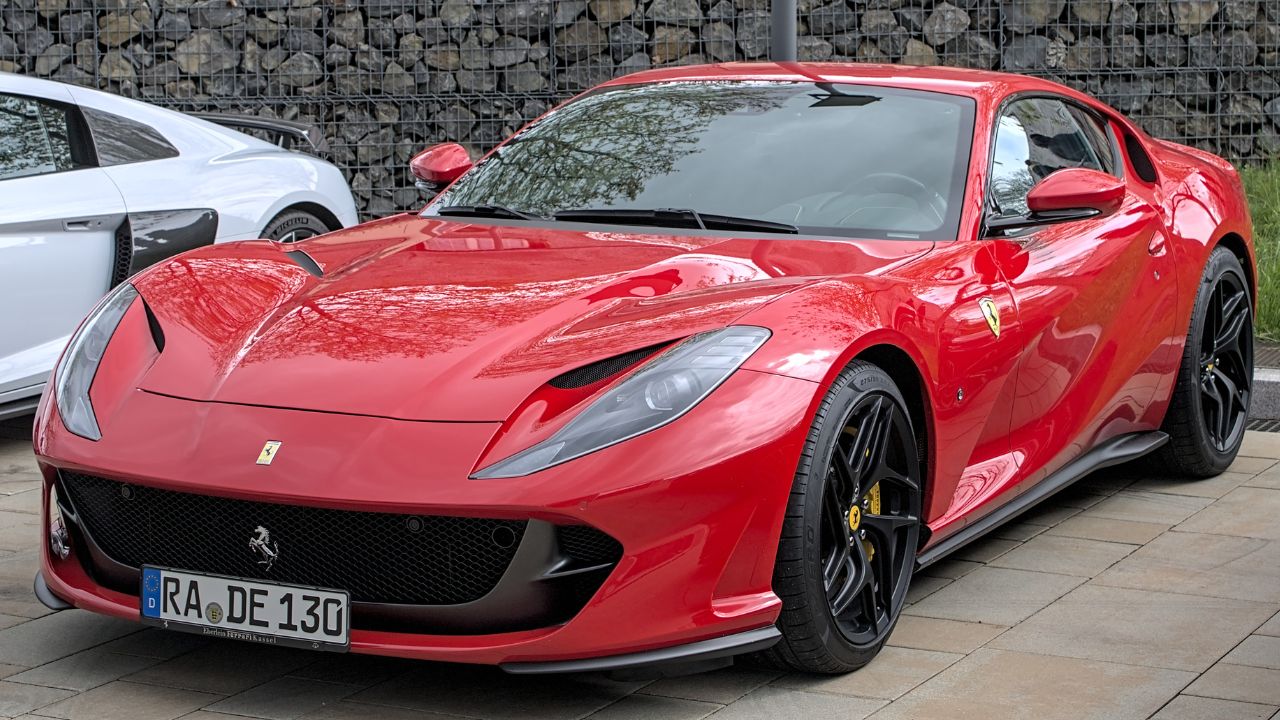
The Ferrari 812 Superfast, unveiled in 2017, pushed the limits of what a front-engine Ferrari could achieve. Its 6.5-liter V12 engine produced an astonishing 789 horsepower, making it one of the most powerful naturally aspirated road cars ever built.
With advanced aerodynamics and cutting-edge technology, the 812 Superfast demonstrated that front-engine Ferraris could still compete with mid-engine models in terms of performance. This blend of tradition and innovation has ensured its place in the brand’s illustrious history.
Ferrari Purosangue
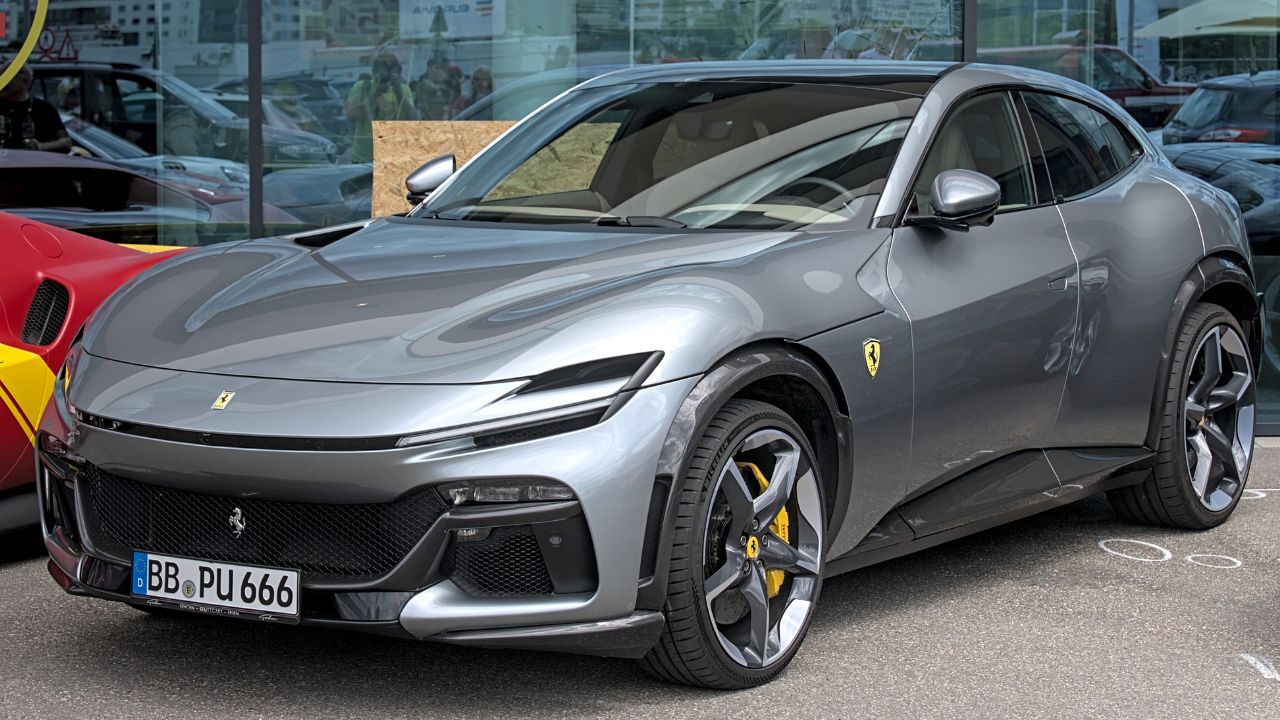
The Ferrari Purosangue, announced in 2022, represents the brand’s first foray into the SUV market. Known as a “thoroughbred” in Italian, the Purosangue aims to offer the performance and luxury expected of a Ferrari, while providing the practicality and versatility associated with SUVs.
With this model, Ferrari seeks to address the growing demand for high-performance SUVs without compromising on its core values. It underscores the brand’s adaptability and willingness to explore new segments, ensuring its relevance in a rapidly changing automotive landscape.
Like Fast Lane Only’s content? Be sure to follow us.
Here’s more from us:
*Created with AI assistance and editor review.

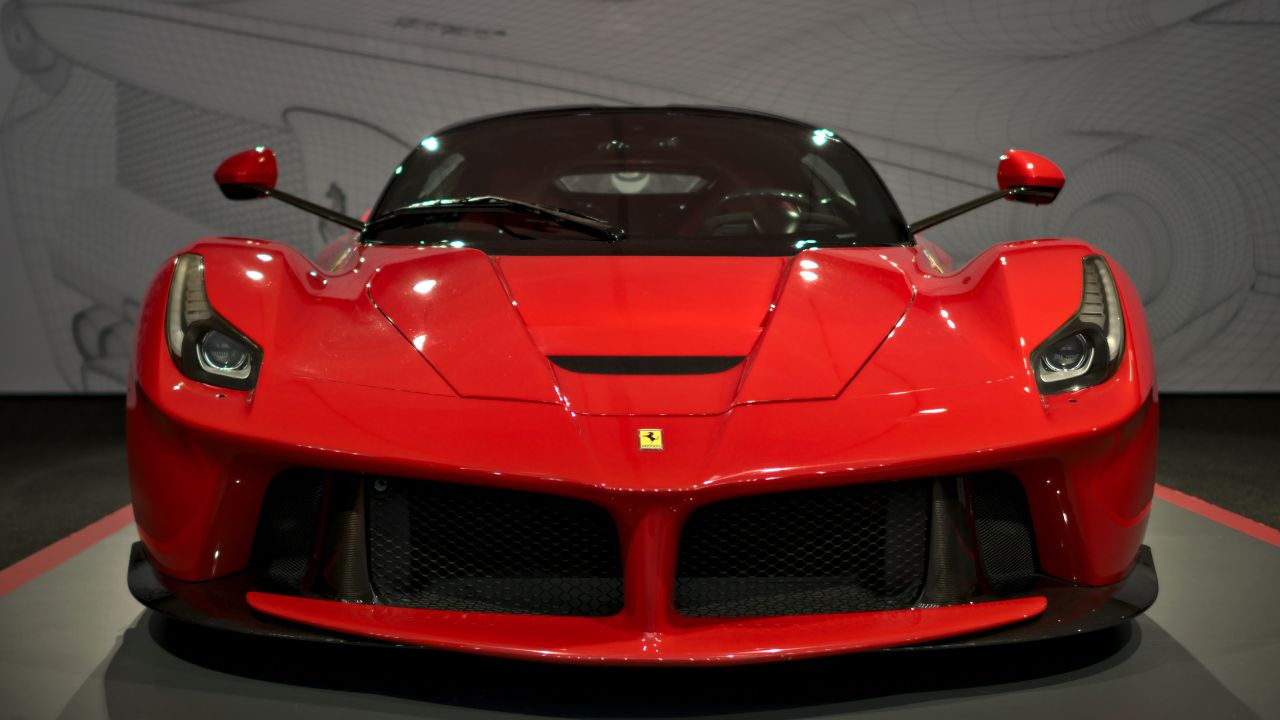
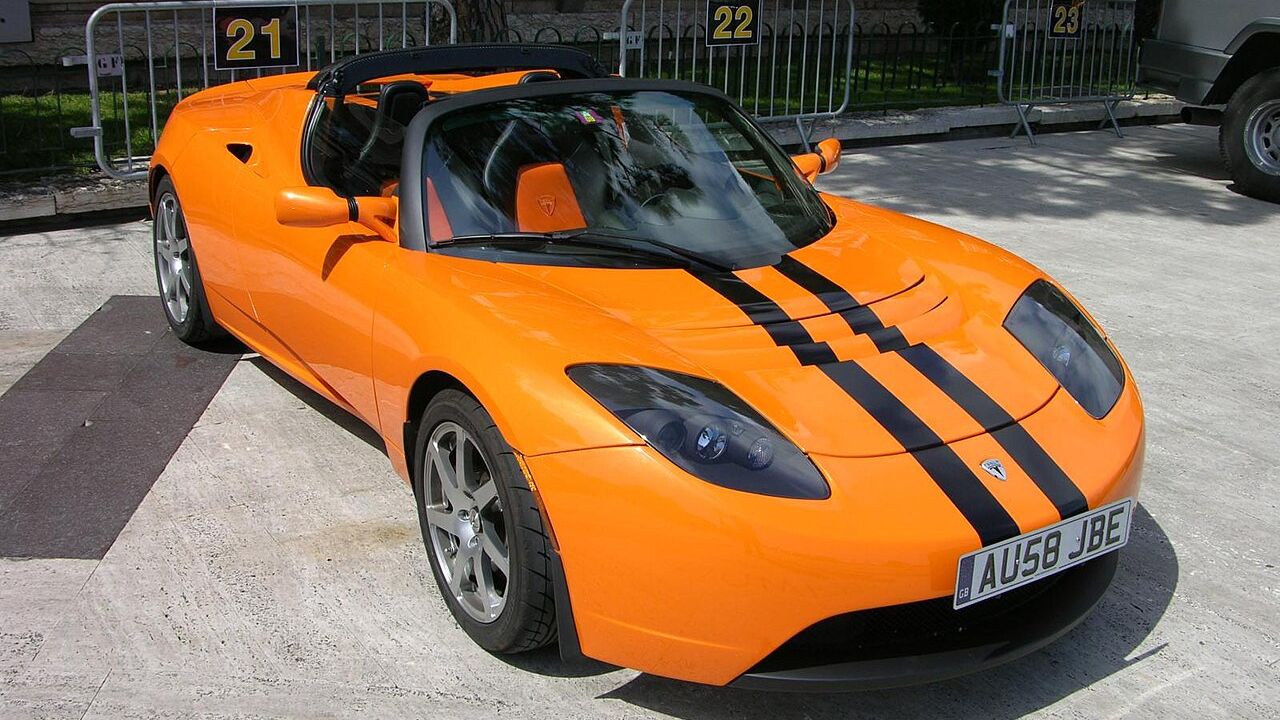
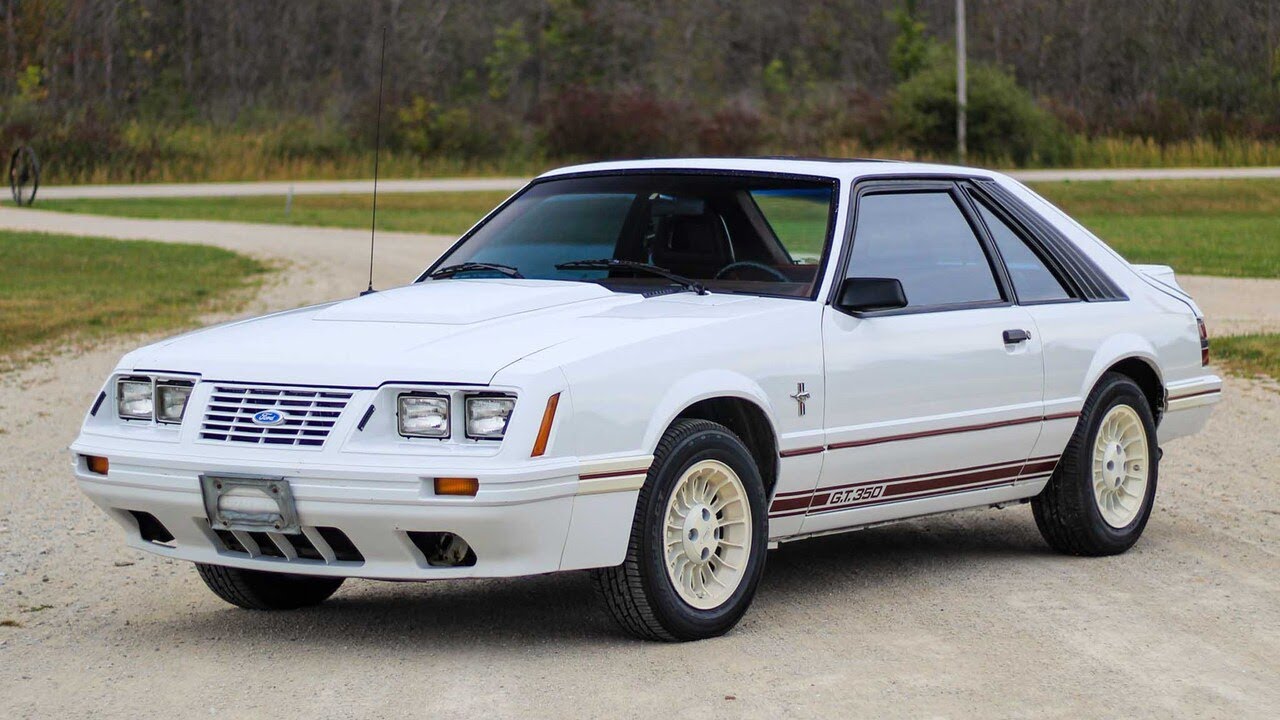

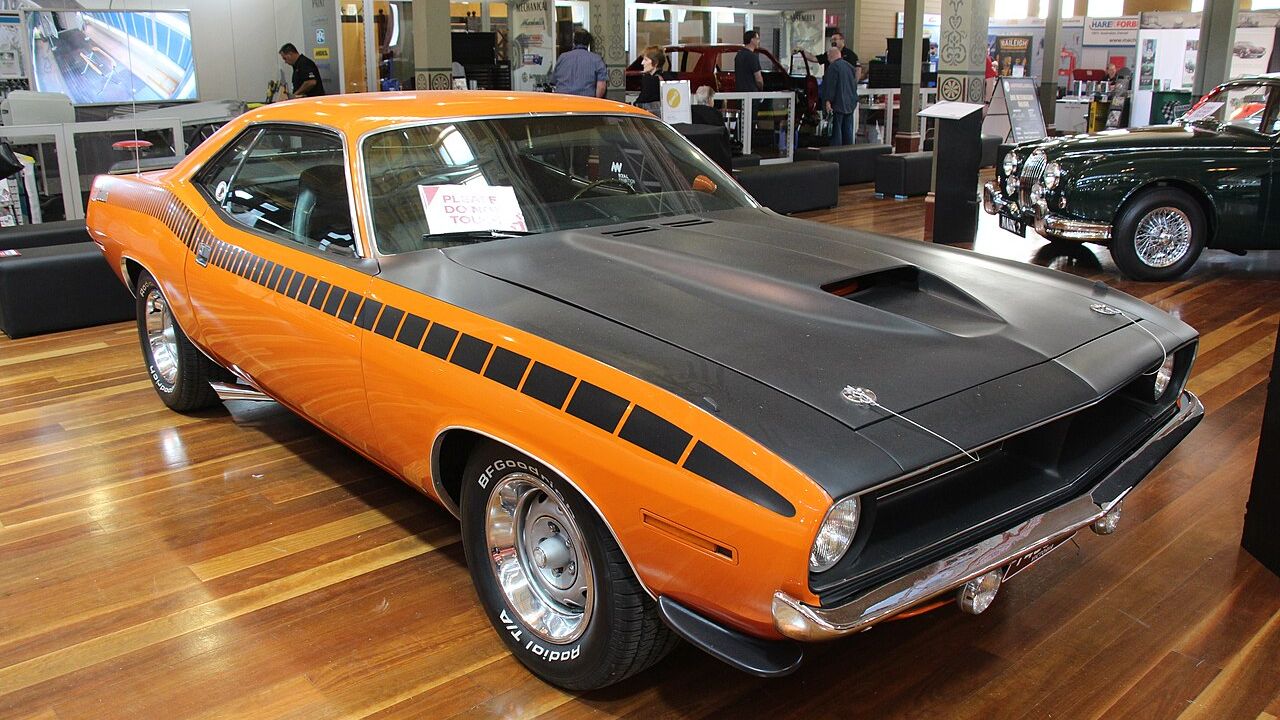
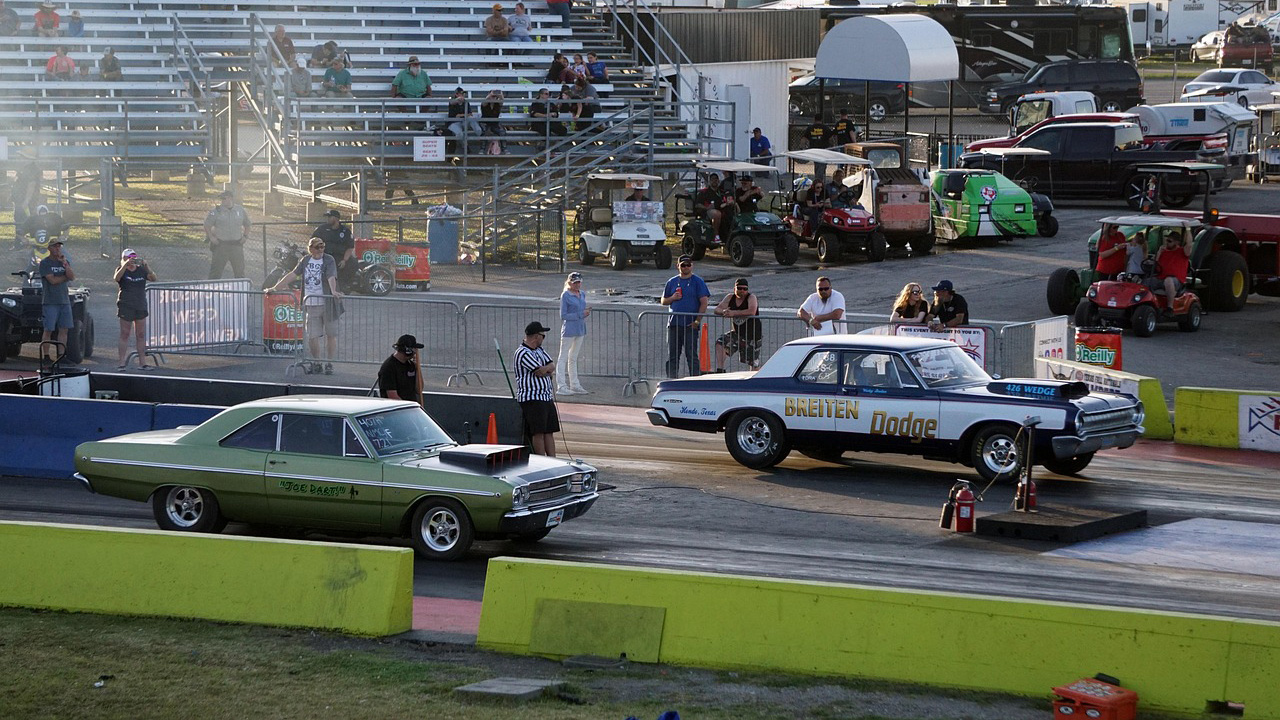
Leave a Reply